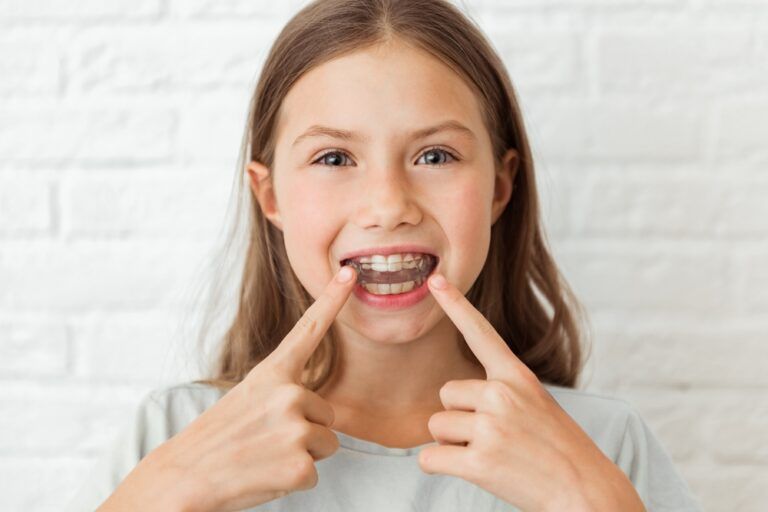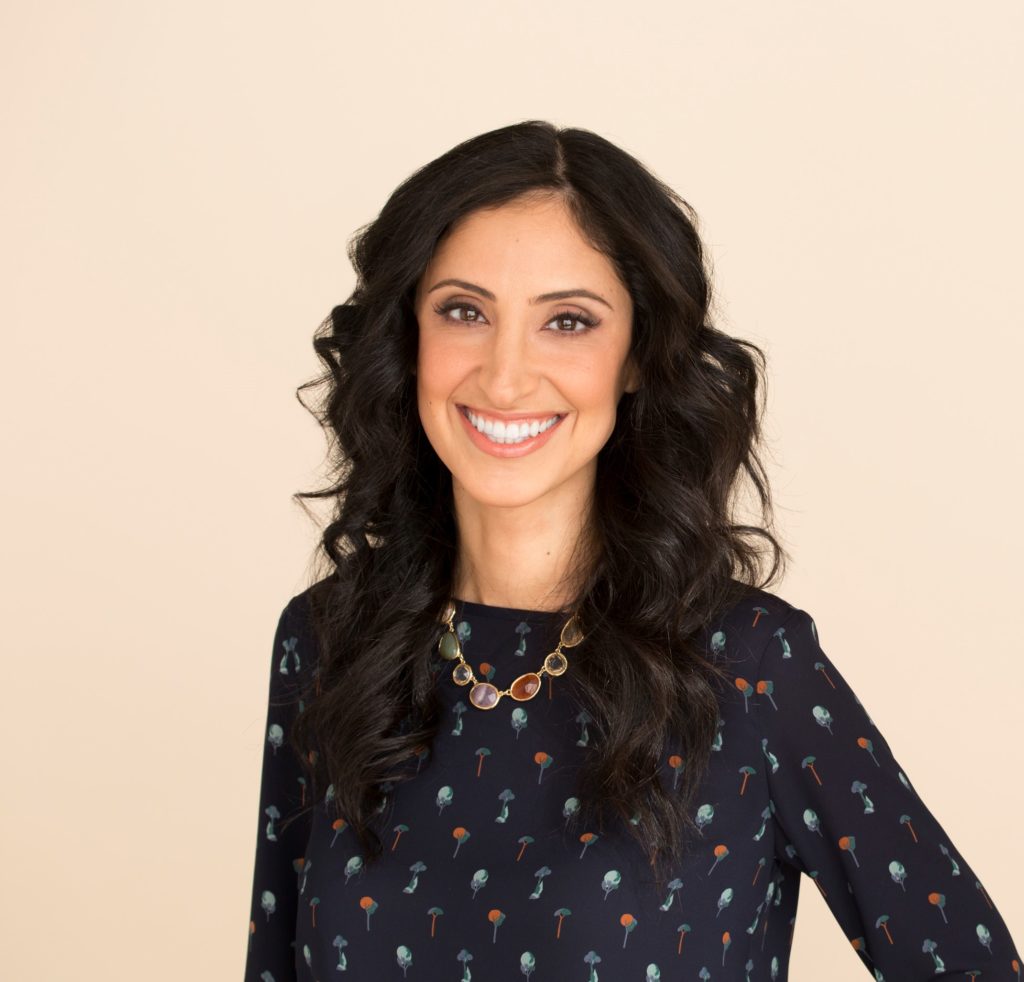InBrace vs. Traditional Braces: The Invisible Revolution in Teeth Straightening

The world of orthodontics has seen radical changes over the years, with technology evolving to offer more comfort, efficiency, and aesthetic appeal. One of the most groundbreaking advancements in recent years has been InBrace. Nestled within the community of Glendale, CA, Massih Orthodontics, under the adept guidance of Dr. Karmen Massih, delves deep into the comparison of InBrace and traditional braces, helping you make an informed choice.
What’s The Buzz About InBrace?
InBrace is the revolutionary approach to teeth straightening that operates stealthily from behind the teeth. Unlike the usual braces that sit front and center on the teeth, InBrace is positioned at the back, making it virtually invisible to others. Apart from its discreet nature, it’s also customized using Smartwire technology, ensuring efficiency in aligning teeth.
Traditional Braces: The Tried and True
Traditional braces, both metal and clear varieties, have been the mainstay in orthodontics for decades. Their sturdy structure, consisting of brackets and wires, makes them effective in addressing various dental misalignments, from simple to complex.
Comparative Analysis: InBrace vs. Traditional Braces
- Visibility: The most evident advantage of InBrace is its invisibility. With brackets and wires hidden behind the teeth, InBrace offers aesthetic appeal, especially for adults who might be conscious of sporting braces.
- Comfort: Since InBrace is custom-made to fit the unique contours of an individual’s teeth, many find it more comfortable than traditional braces. On the other hand, some might take time to adjust to the feel of traditional braces, especially when newly installed or adjusted.
- Cleaning: Both require meticulous oral care. While traditional braces necessitate special tools for thorough cleaning, InBrace, being at the back, demands more attention during flossing to ensure no food particles remain trapped.
- Efficiency: Both treatments are effective in addressing misalignments. However, the duration of treatment might vary. While traditional braces are versatile in treating various dental issues, InBrace, with its Smartwire technology, can offer quicker results for specific cases.
- Cost: Traditional braces, being a long-standing solution, might come at a more predictable cost. InBrace, being a newer and more advanced technology, might be priced higher, but the advantages often justify the cost for many.
- Suitability: While InBrace is an exciting option, it might not be suitable for everyone. Severe misalignments or specific dental conditions might be better addressed with traditional braces.
Dr. Massih’s Insight
Dr. Karmen Massih shares, “Both InBrace and traditional braces have their merits. It’s about understanding the patient’s needs, preferences, and the complexity of their dental condition. At Massih Orthodontics, we focus on tailored solutions, ensuring our patients receive the most suitable treatment.”
Time to Embrace the Future of Orthodontics
Orthodontic treatments have come a long way from the conspicuous metal tracks of yesteryears. Today, patients can enjoy the benefits of innovative technologies like InBrace that blend efficiency with aesthetics. If you’re considering teeth straightening and are unsure which treatment to opt for, Massih Orthodontics in Glendale, CA, is here to guide you. With Dr. Karmen Massih’s expertise and our state-of-the-art facility, we’re committed to illuminating smiles. Are you curious about InBrace or need more insights on traditional braces? Ring us at 818-507-1515 and let’s chart a path to your radiant smile.
Sources
- American Association of Orthodontists: “Comparative Study: Traditional Braces vs. Modern Alternatives.”
- DentalToday: “InBrace: The Future of Invisible Braces.”
- Orthodontic Journal: “The Efficacy and Advantages of InBrace: A Study.”

Recent Comments